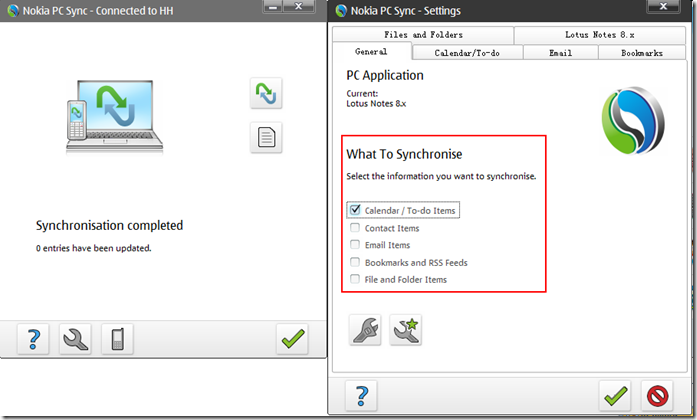Lotus Notes:
- Allow Import/Export mail rules. When reinstalling Notes, the mail rules get lost. (updated on 2010-10-22)
- Use “Space” key to scroll a mail body in preview panel and jump to next mail when already at the end of a mail body.
- Use mouse wheel to scrol a mail body when the mouse focus is not on the mail preview panel.
- Add a “Save then Open … “ option in context menu of an attachment in a received mail.
- When hovering on the email sender name, Notes now will display a floating panel. Should by default display all the information of this person rather than letting user to click the “Click to display more information” link.
- Add a “Copy Link Location” in the context menu of a http link in the email content.
Lotus Sametime:
- Automactically add/synchronize a contact group named “Peers” or something else to add all employees with the same manager as me for better collaboration.
- Add an option for only show contacts in “I’m available’” or “I’m in a meeting” status
- Add an menu item “Copy Email Address” in context popup menu when right clicking on a Sametime contact.
Lotus Connection:
- Show changes of my friend’s profile in “Status Updates in My Network” when my friend has moved to a new office or changed job title, etc. (updated on 2010-11-05)
- Lotus Connection should provide the AtomPub or XmlRPC API for wikis just like for blogs. This allows quickly editing for wiki pages using thick client like Windows Live Write. (updated on 2010-11-17)
These features/enhancement may be implemented as plugins first.
To add more and welcome your comments…
